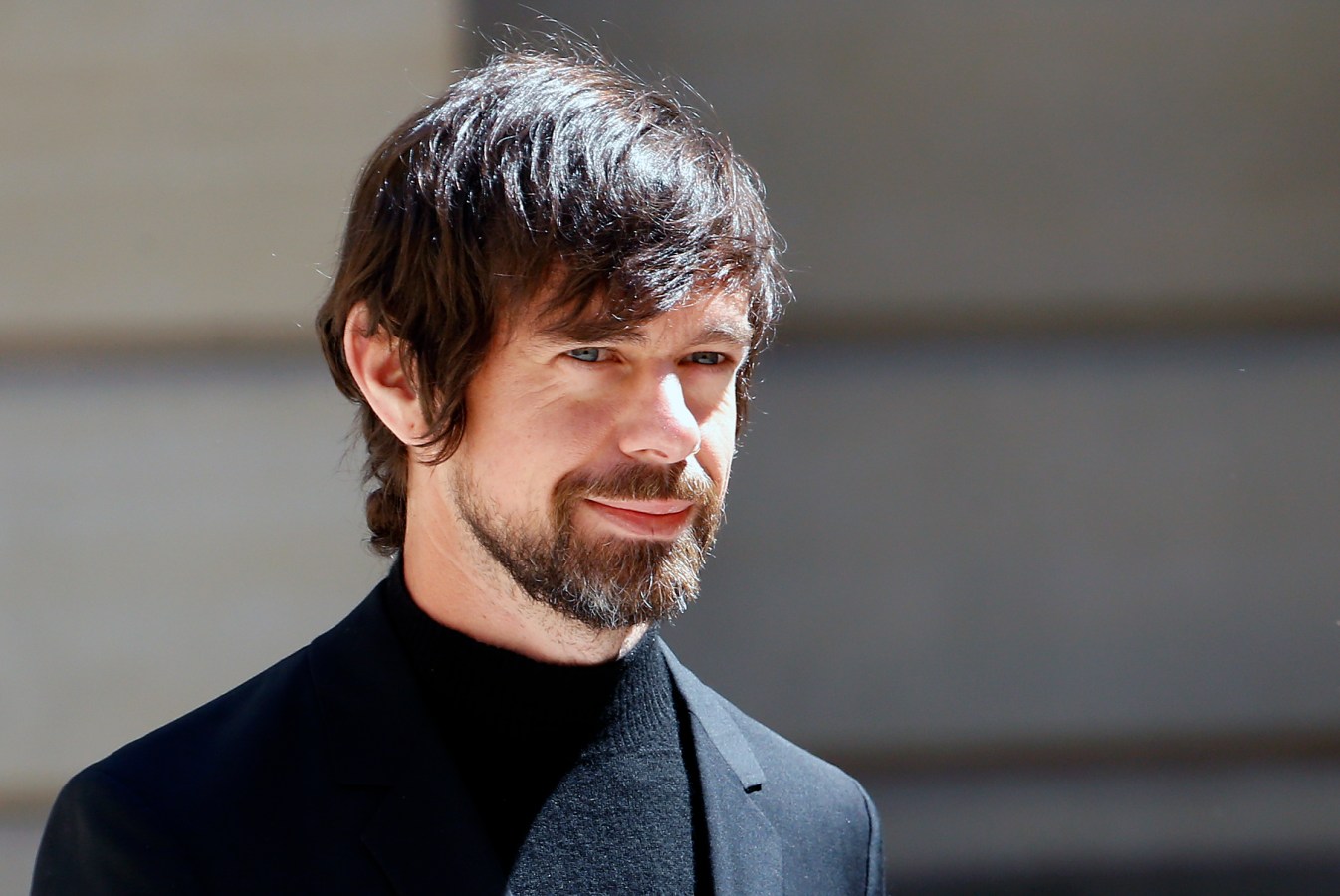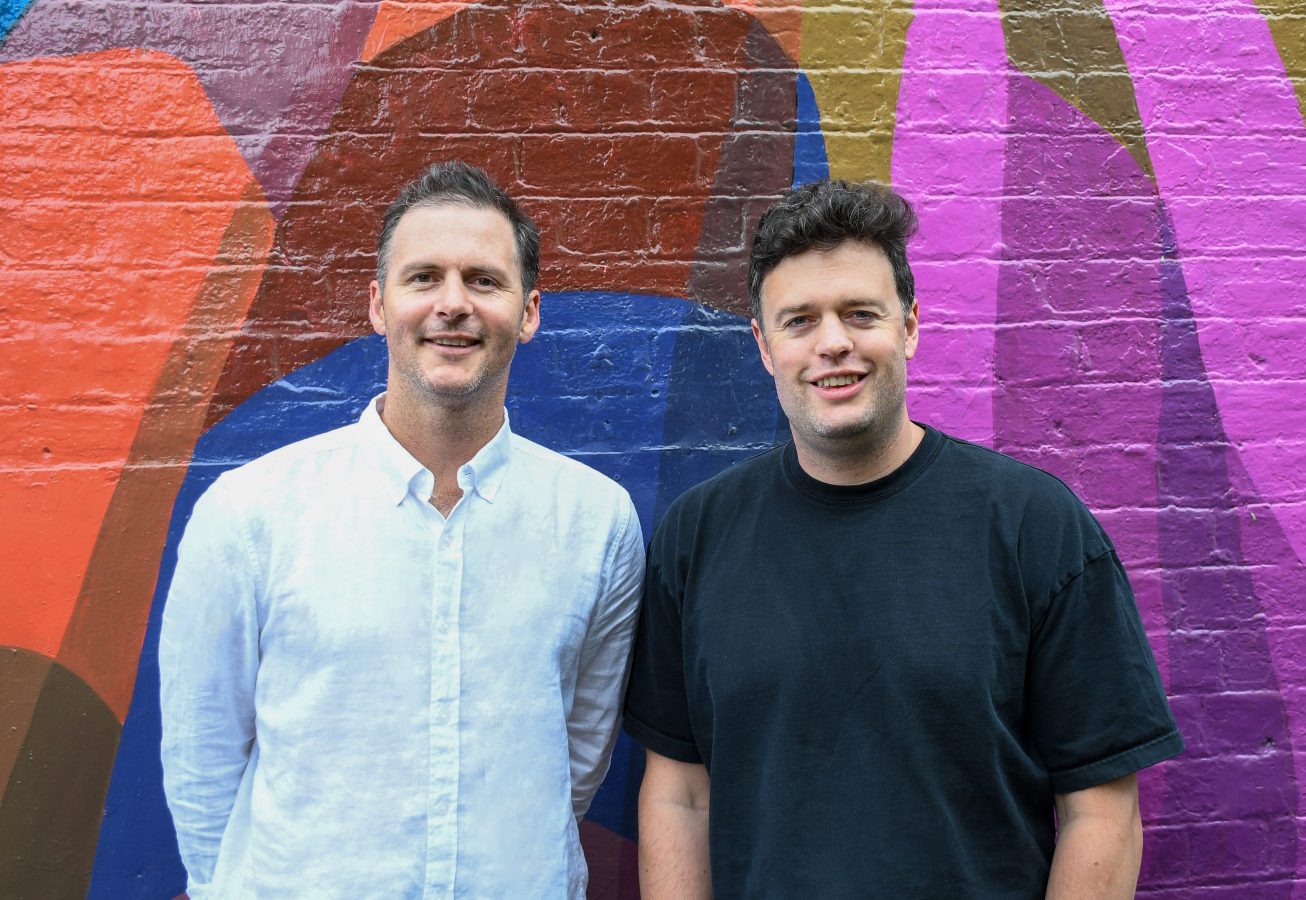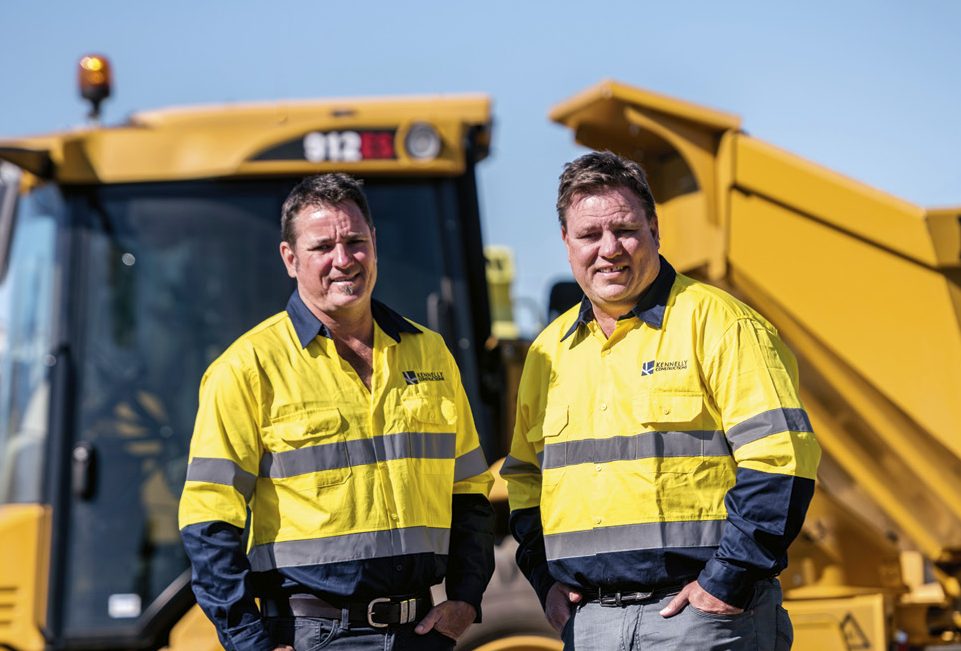The National Gallery of Victoria is packing up some of its most treasured Indigenous artworks and loaning them to museums in Colorado, Oregon, Massachusetts, and Ontario, Canada.
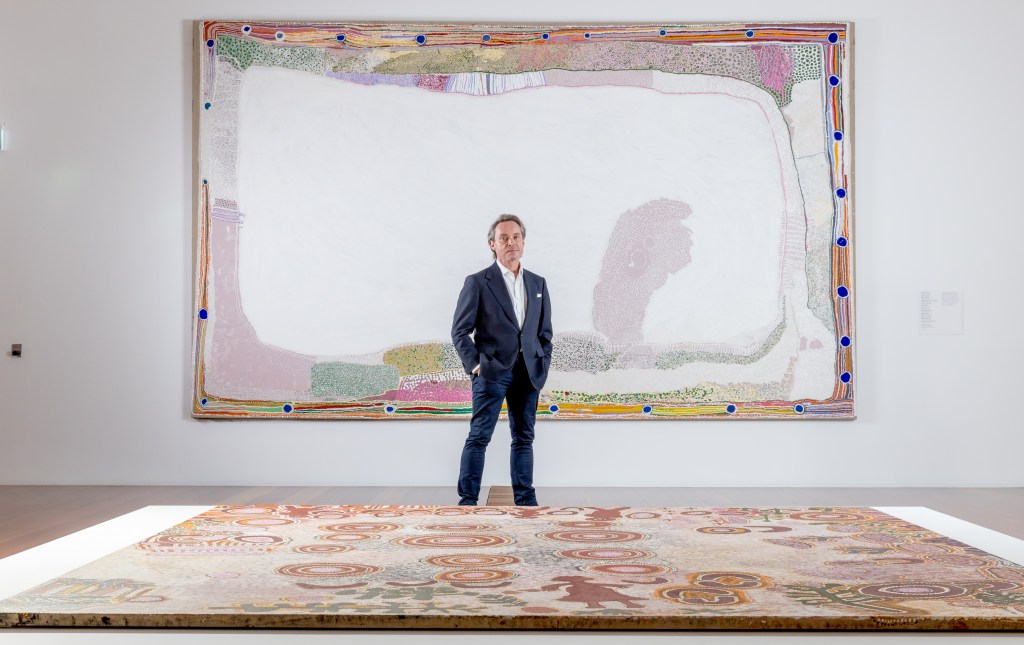
When Gulumbu Yunupiŋu created paintings of Arnhem Land’s night sky, she used crosses to represent the stars we can see, and a network of dots to symbolise those we can’t. Yunupiŋu’s numerous artworks depicting “the unseen expanse of the universe” earned her the name ‘Star Lady.’
NGV’s new exhibition, the ‘Stars We Do Not See’ was named in honour of Arnhem Land’s ‘Star Lady,’ who passed away in 2012. In addition to her paintings, the exhibition features artworks from other Aboriginal artists spanning new and traditional media: conceptual map and ochre bark paintings; cultural objects; experimental weavings; video; photography; and sound.
The first stop for the ‘Stars We Do Not See‘ will be the National Gallery of Art in Washington DC. The exhibition will open in the U.S. capital city in October 2025. Made up of 200 pieces of art, it will be the largest international collection of Indigenous Australian art on record.
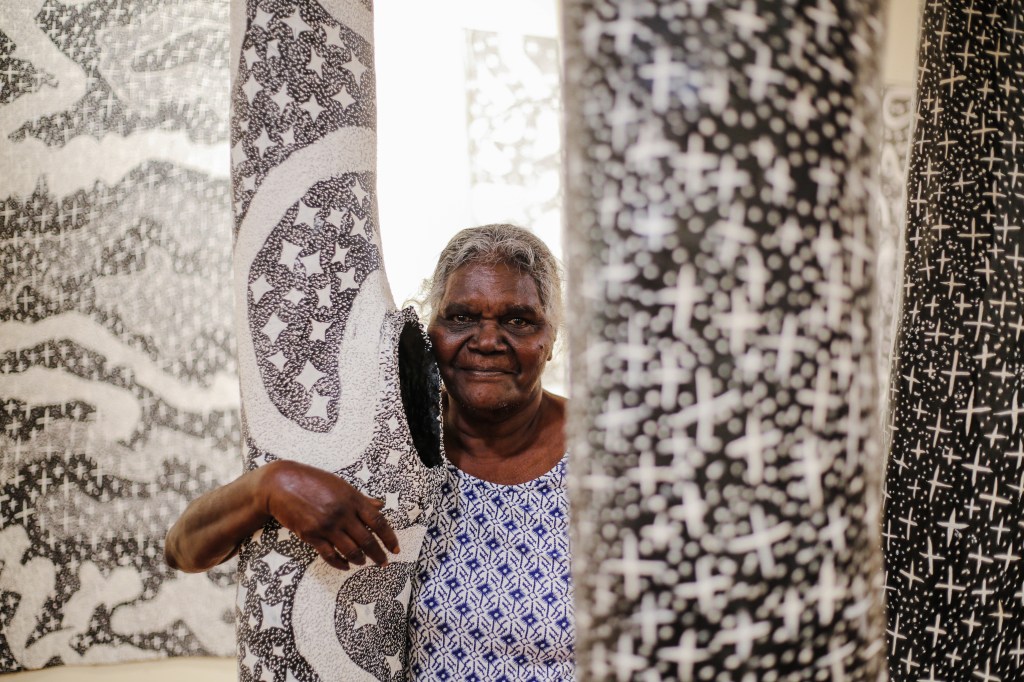
“Due to their rarity and cultural importance, many of these works rarely leave Australia, making this exhibition an especially rare opportunity for international visitors to experience these works up close,” NGV Director Tony Ellwood AM tells Forbes Australia.
It also marks the largest touring exhibition the NGV has mounted in its 163-year history.
“One of the NGV’s core missions is to share art and culture with as wide an audience as possible, so we couldn’t be prouder to be sharing the art, stories and culture of more than 130 Indigenous artists. There is a rich history of creativity in Australia that pre-dates the arrival of Europeans and spans more than 65,000 years,” says Ellwood.
From Washington D.C., the collection will travel west to the Denver Art Museum in Colorado, north to the Portland Art Museum in Oregon, and then back east to the Peabody Essex Museum in Massachusetts. The final stop for ‘Stars We Do Not See’ is the Royal Ontario Museum in Canada, expected to take place in 2027.
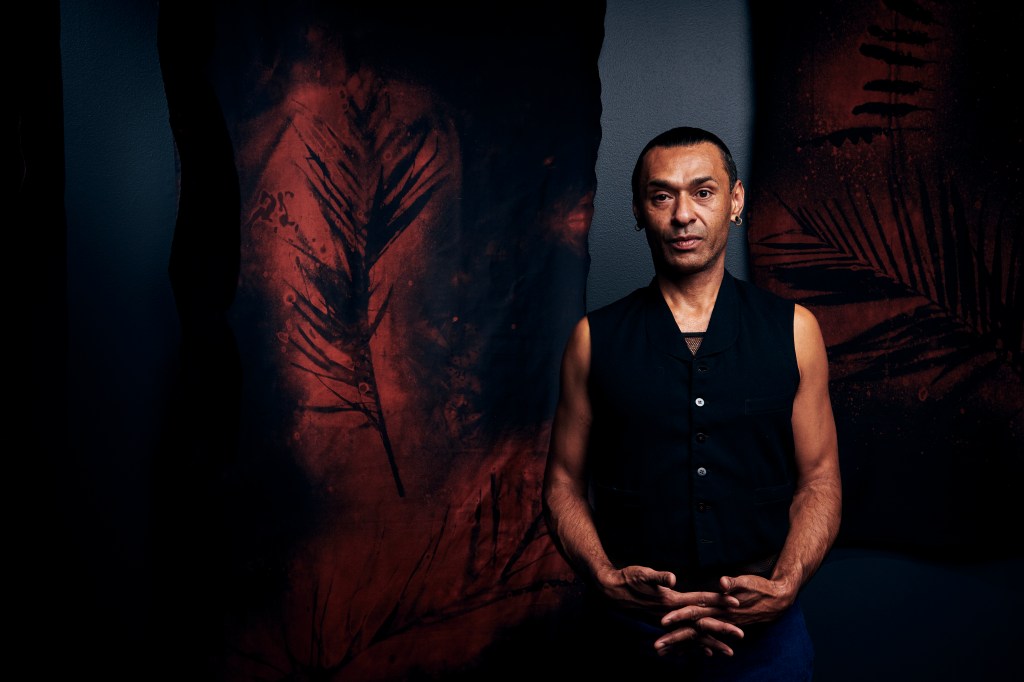
Myles Russell-Cook is senior curator of Australian and First Nations Art at NGV. He says the exhibition represents a community effort to foster greater connection and understanding of First Peoples culture and art.
“Since long before the invention of the written word, First Nations people have transmitted important cultural knowledge through a combination of art, song, dance and story. These works represent 65,000 years of culture, sharing the unique and special qualities of First Peoples art in Australia with the world,” says Russell-Cook.
The exhibition coincides with a surge in global interest in Indigenous art. Dr. Elizabeth Coleman, a Monash University PhD in Media, Communications, and Indigenous Art, notes that museums and galleries are increasingly incorporating works by First Nations artists into their collections.
“Non-Indigenous peoples have slowly expanded their ideas about art and begun to (re)learn different ways of engaging with it. Meanwhile, Indigenous peoples are beginning to transform the Western ‘sacred’ space of the art gallery,” Coleman states.
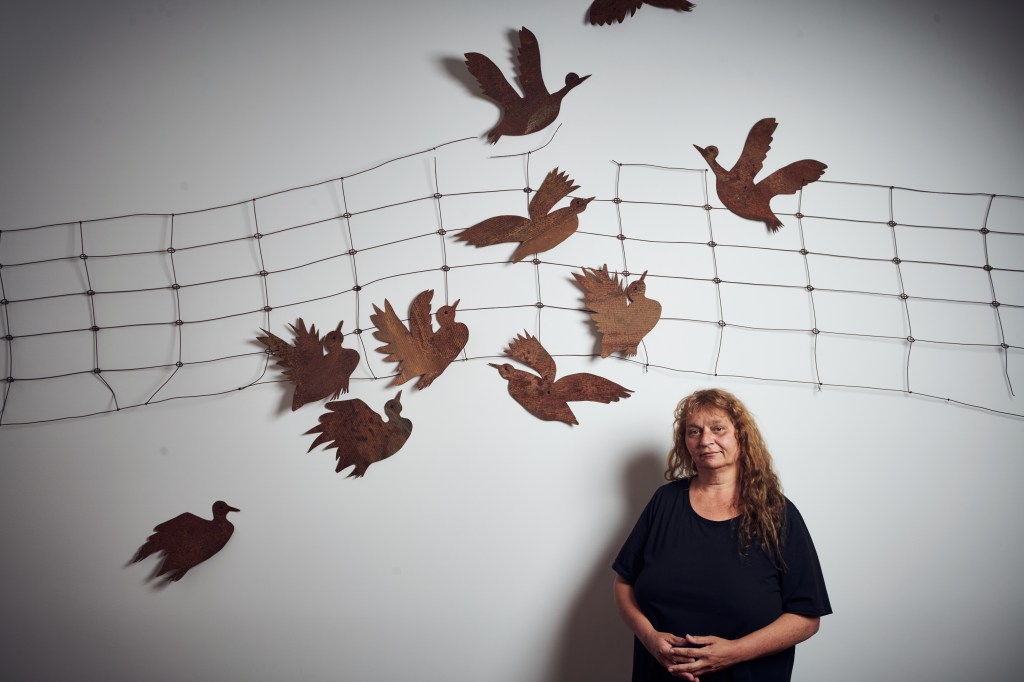
“The creation of new forms of Indigenous art for gallery contexts shows that the idea of a fusion of horizons may also be expanded beyond the appreciation of the art of another culture, to the creation of new cultural objects, and finally, it seems, to new forms of engagement and appreciation,” says Coleman.
That appreciation of art and culture extends across borders, experts say.
“In recent years, we have begun to see an increasing interest in Australian Indigenous art from overseas audiences, which is really exciting,” says Ellwood.
“Australian Indigenous art is the only art unique to Australia, so it is vitally important to the narrative of human creativity on this continent.”
Look back on the week that was with hand-picked articles from Australia and around the world. Sign up to the Forbes Australia newsletter here or become a member here.
